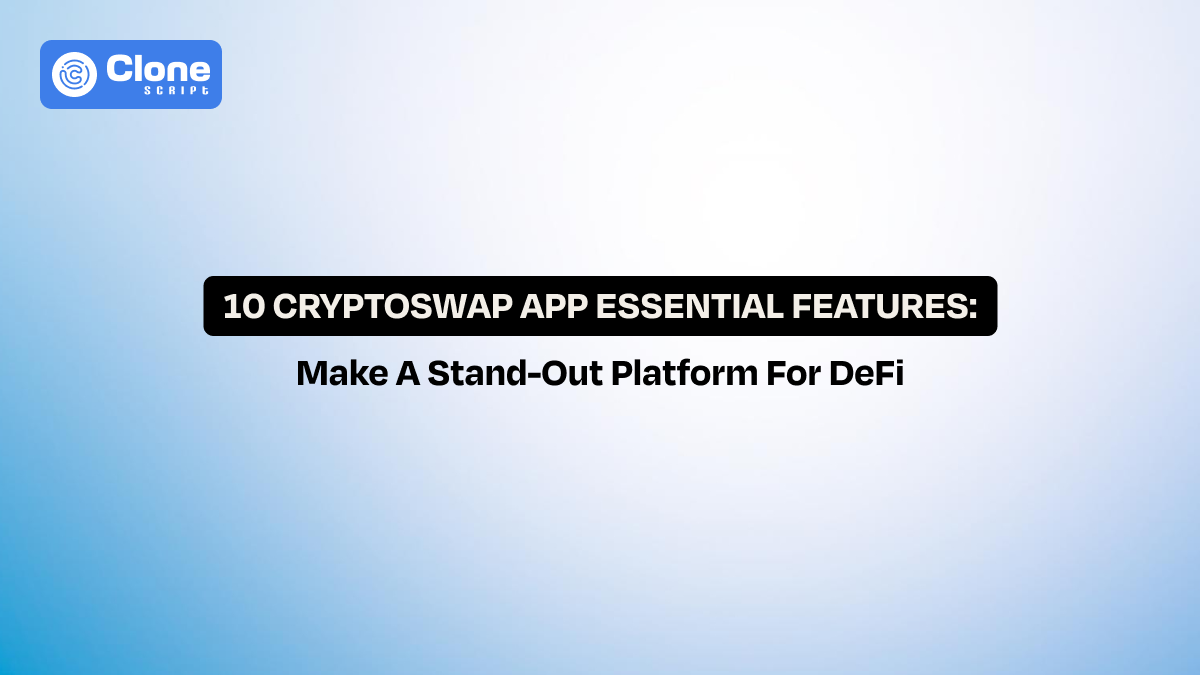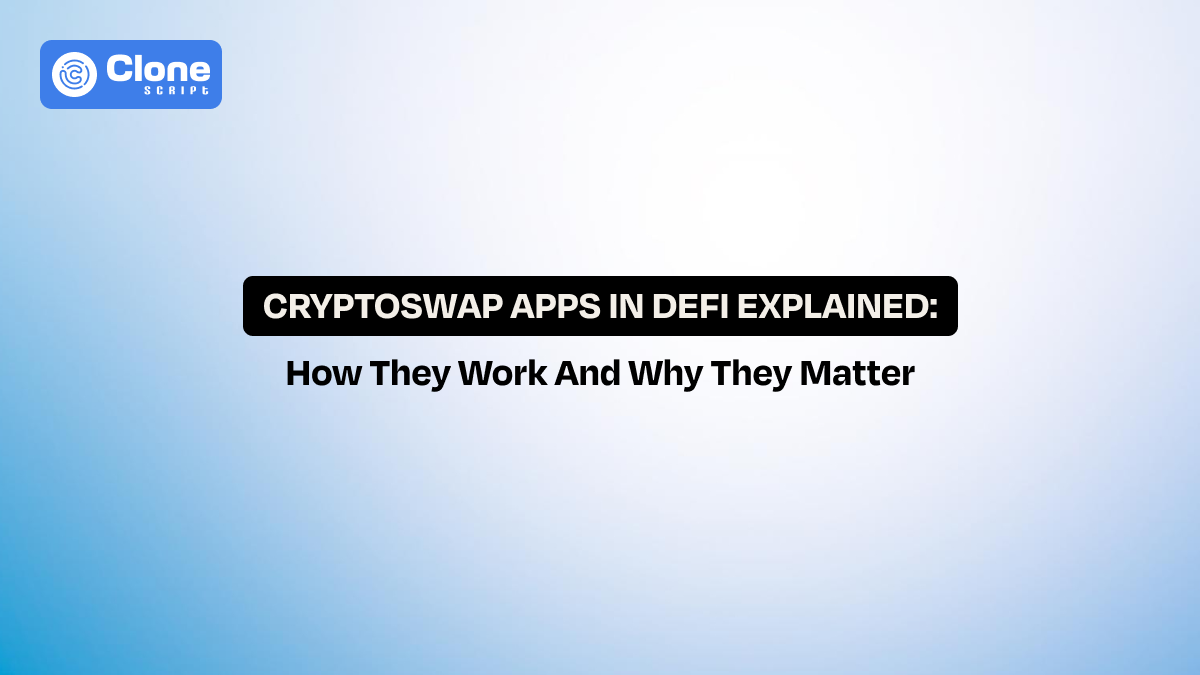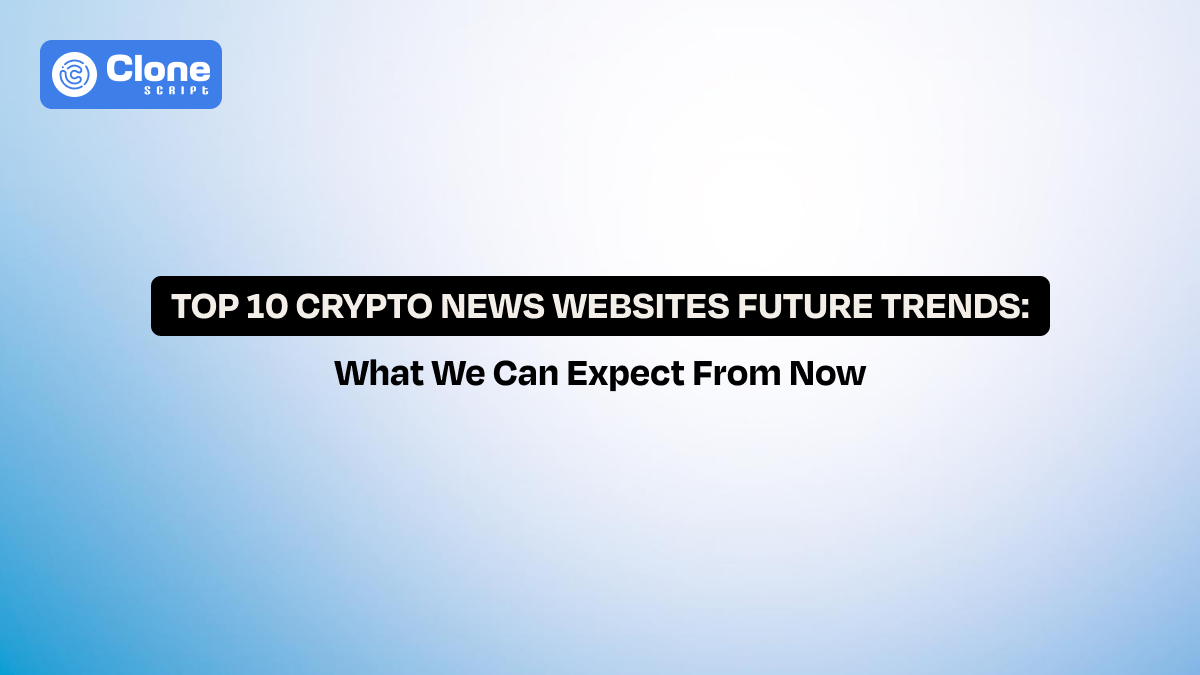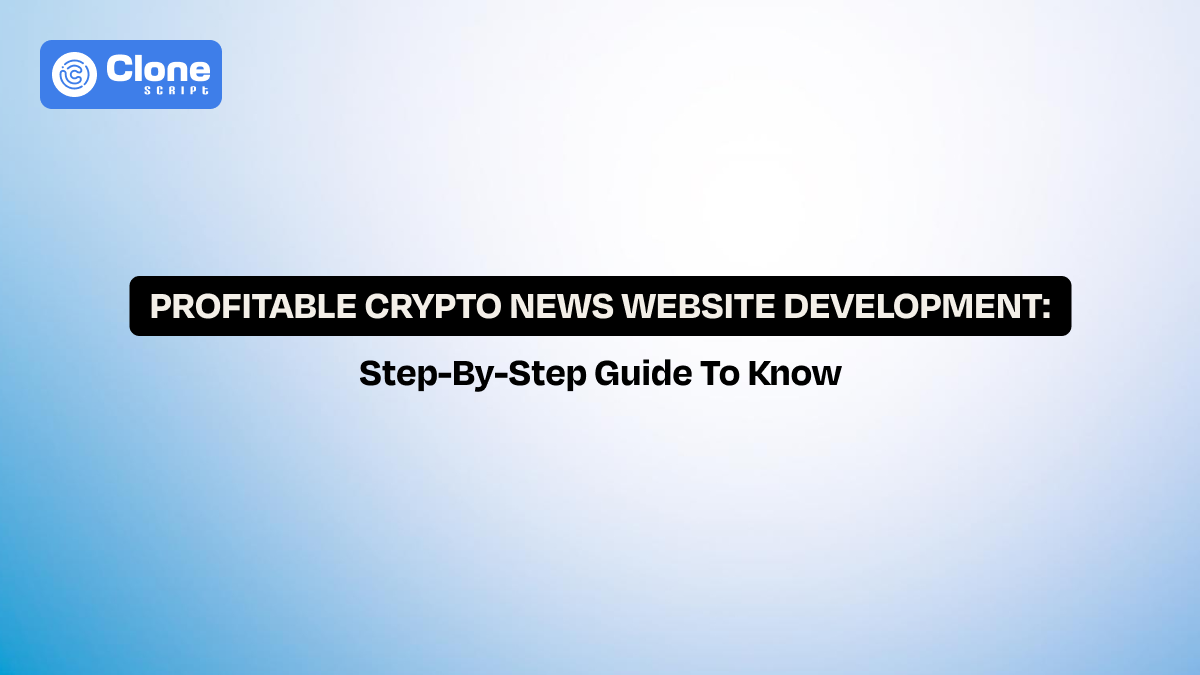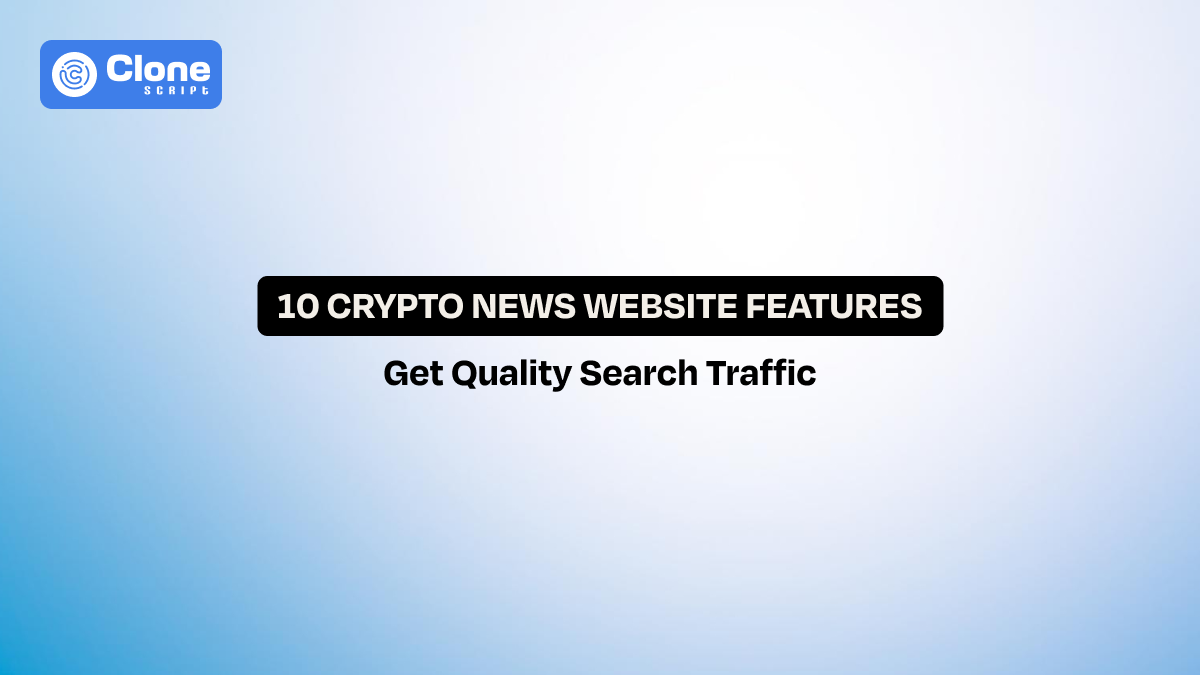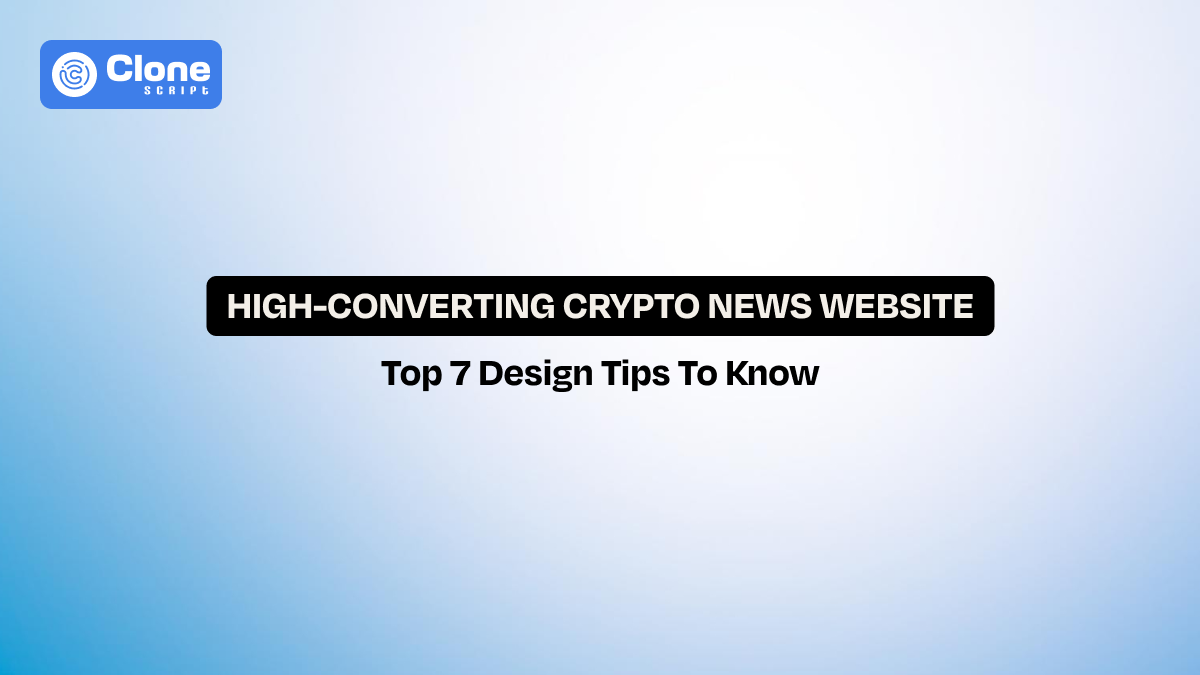Top 15 Most Used Features of Wine E-commerce Platform Your Store Should Have
The wine industry has been aging gracefully for centuries, but in today’s digital age, selling wine has gone far beyond vineyard tours and in-store tastings. More and more wine retailers are going digital, and for good reason. The global wine e-commerce market is projected to grow at a CAGR of over 8% from 2024 to 2030. Consumers now crave not just quality wine but also the convenience of buying online.
So, if you’re planning to launch a wine e-commerce platform or revamp your existing one, you need to know which features matter most.
In this blog, we’ll walk you through the top 15 most-used and most loved features that every successful wine e-commerce store should have, not just for a pretty interface. But to boost conversions, simplify shopping, and keep your customers coming back.
Feature No. 1. Wine-Specific Product Filters
Generic filters don’t work in the wine world. Wine lovers want to browse based on grape varietals, body, tannins, regions (e.g., Napa Valley or Bordeaux), price, sweetness level, food pairing, occasion, vintage, and more.
-
A powerful filter system tailored to wine preferences helps users quickly narrow down their search. For example, someone hosting a seafood dinner may want to filter for “crisp whites under $30” or “Chardonnay from France.”
This fine-tuned browsing usually enhances user satisfaction and conversion. A layered filtering experience, especially on mobile, helps reduce decision fatigue and drives confident purchasing.
Feature No. 2. Seamless Age Verification System
Selling alcohol online requires strict age compliance, no exceptions. But compliance doesn’t mean the experience has to feel like a roadblock.
-
Integrate a lightweight yet robust age gate that verifies age either through simple birthdate input or advanced API integrations that check ID data for users in certain countries. Make sure this process can be done across desktop and mobile.
Bonus: Add an optional checkbox like “Remember me on this device” to avoid rechecking repeat visitors.
This protects your business from liability and builds credibility by showing you follow legal guidelines while maintaining the best e-commerce user experience.
Feature No. 3. Mobile-Optimized Design
With over 60% of wine buyers browsing on their phones, your e-commerce store must be fully responsive. This means your design, filters, product galleries, and shopping cart functionality should be touch-friendly and load fast even on weaker networks.
-
Mobile optimization doesn’t just mean resizing. It involves restructuring the layout for thumbs, reducing pop-ups, compressing images, and simplifying checkout.
Google also ranks mobile-first sites higher, so this directly impacts your SEO. A well-optimized mobile site can boost sales, reduce bounce rate, and give you an edge over clunky competitors.
Feature No. 4. Virtual Wine Assistant or Chatbot
Think of this as a digital sommelier. A virtual wine assistant guides users who aren’t sure what they want by asking a few preference-based questions like “What’s the occasion?”, “Sweet or dry?”, or “What’s on the menu?”
-
The assistant then recommends wines based on the responses. This tool adds personalization, especially for new wine drinkers or gift buyers.
-
Integrating AI chatbots with a website can also help answer FAQs in real time, like “Do you ship to Texas?” or “How long will delivery take?” It’s a 24/7 shopping assistant that enhances decision-making and cuts cart abandonment.
In other words, AI in cx is proving a key element of business success, and in online shopping, when your customer representative is not available to answer the user queries.
Feature No. 5. Smart Search with Auto-Suggestions
A robust search bar is one of the most-used features in any online wine store. Smart search should suggest wine names as users type (e.g., “Pin…” shows “Pinot Noir,” “Pinot Grigio”), correct misspellings, and remember previous searches. Even better, show small thumbnails of products in search suggestions.
-
Users should be able to search by brand, flavor notes, winery, occasion, or even dish pairing. This feature saves time, builds trust, and guides users straight to their intent. No wandering around needed.
Bonus: It helps surface hidden gems from your inventory, too. Once the customer identifies your store as not just selling liquor but satisfying their shopping experience with minimal effort, they don’t hesitate to click the re-order button again on the mobile app.
Feature No. 6. AI-Based Product Recommendations
Personalized recommendations aren’t a luxury anymore; they’re expected.
-
Using AI algorithms, your store can track browsing history, previous purchases, and user preferences to recommend relevant wines under “You Might Also Like,” “Frequently Bought Together,” or “Based on Your Taste.”
For example, if someone buys a bold Cabernet Sauvignon, you might recommend similar reds or complementary food pairings. This feature increases cart value, promotes product discovery, and gives your platform an “Amazon-like” smart feel. Over time, these suggestions get sharper, creating a truly customized user journey.
Feature No.7. Detailed Product Pages with Tasting Notes
Since buyers can’t smell or taste online, your product pages must do that job.
-
Each wine listing should include clear images, winery description, tasting notes (aroma, body, flavor), alcohol content, food pairings, region details, awards, and storage instructions. Make it engaging and educational, not just a dry list.
-
Include user reviews, badges (e.g., “Staff Pick”), or expert quotes. A great product page answers: “What does it taste like? Who is it for? Why should I buy this?” Consider it as storytelling, not just selling.
As you describe every important detail in short as required, customers don’t feel confused, and they can make a wine purchasing decision firmly.
Feature No. 8. Subscription & Wine Club Features
Subscription models are gold for wine businesses. Most of the online liquor stores allow their customers to subscribe to their membership and enjoy the premium wines without overspending.
-
Let customers opt for monthly or quarterly wine boxes curated by taste, theme, or region. You can offer preset boxes to build their own based on preference.
-
Include exclusive perks like early access to limited editions, discount codes, or member-only wines.
This boosts recurring revenue, builds community, and creates consistent brand engagement. Add skip-a-month, pause, or swap options to avoid churn. Wine clubs also open doors for upsells, loyalty programs, and seasonal campaigns.
Feature No. 9. Multi-Currency & Multi-Language Support
As you have a branded wine e-commerce mobile app on the web, don’t think a local or regional customers order premium products. But all around the world, wine enthusiasts exist, and they want to be your customers as your wine products perfectly match their preferences.
-
Your store should welcome them in their language and currency. Support multiple currencies (USD, EUR, GBP, INR, etc.) and local language support using location detection. Display prices with taxes included based on the user’s region.
For example, a buyer in France should see content in French and pricing in Euros. This simple yet powerful feature improves trust, avoids confusion, and smoothens global expansion. It also makes checkouts faster and lowers cart abandonment from international users.
It sounds wonderful. After all, selling the most wine products is the ultimate goal of your business, and using the technology solution.
Feature No.10. Secure Payments & Compliance Features
Security is non-negotiable, especially for alcohol transactions. Integrate secure payment gateways like Stripe, PayPal, Apple Pay, and support buy-now-pay-later options.
-
Ensure PCI-DSS compliance, SSL encryption, and clear checkout confirmation. Include your legal policies visibly: return/refund terms, delivery restrictions by location, and ID requirements.
-
Consider blockchain receipt validation or anti-counterfeit QR tags for high-end wine bottles. As crypto payments in e-commerce become a preferred method, your store should reflect it.
These features give your store a professional polish, protect your customers, and keep regulators happy. So, it’s a good initiative by you to prevent any unauthorized attempts to affect transactions.
Feature No. 11. Loyalty Rewards Program
Your returning customers are your biggest asset. A loyalty program gives them a reason to keep returning to the website to order wines.
-
Let customers earn points for purchases, writing reviews, referrals, birthdays, or social shares, and redeem them for discounts, free bottles, or shipping vouchers.
-
Offer tiers like Silver, Gold, and Platinum to incentivize progression. Gamify it with progress bars and exclusive member perks.
A well-structured rewards program boosts customer retention, increases average order value, and builds emotional loyalty, not just transactional.
Feature No. 12. Flexible Delivery Scheduling & Tracking
Wine is ordered for events or gifts, so timing is everything. By allowing customers to choose preferred delivery dates and time windows during checkout, you’re helping them to celebrate moments.
-
Add support for multiple shipping options like standard, same-day, or chilled delivery. Once the order is placed, send real-time tracking links, SMS/email updates, and delivery ETAs.
This transparency reduces anxiety and builds trust. Include special instructions fields like “Leave at the back door” or “Don’t ring bell gift.” A flexible delivery experience makes your wine store feel premium.
Feature No. 13. Easy Cart Management & Quick Checkout
Shoppers hate confusing checkouts. Your platform should let users easily update quantities, delete items, save for later, and apply promo codes without refreshing pages.
-
One-click add-to-cart, a sticky cart icon, and a visible subtotal are small details that improve UX. Provide guest checkout for faster sales, and allow login via Google or Facebook to save time.
-
Minimize the number of steps; ideally, the checkout should take under 1 minute. Every extra step is a potential cart abandonment point, especially on mobile.
Your wine e-commerce website and app have to be optimized for a smooth and secure shopping experience with minimal effort to order online. For example, a customer ordered a premium wine from your store, completed the checkout in just 45 seconds, and received a confirmation email. This kind of dedication towards business reflects professionalism.
Feature No. 14. Reviews, Ratings & User-Generated Content
In e-commerce, social proof drives conversion. Enable verified buyers to leave ratings, written reviews, tasting experiences, and even photos or video unboxings. Create badges like “Top Reviewer” or “Most Helpful.”
This allows customers to share their experience of using your wine store:
-
Let new users filter by the highest-rated wines or sort reviews by relevance. Reviews help first-time buyers feel confident and often highlight popular products you may not have spotlighted.
-
User-generated content adds authenticity and keeps your product pages fresh, with real voices also helping with SEO.
Having real feedback on your products from previous buyers shows what quality you bring to the table and helps them celebrate their special moments.
Feature No. 15. Wine Education Section / Blog
Don’t think a website is your one kind of point of sale (POS). It’s an owned platform to educate wine buyers regarding the products and consumption suggestions to get the best experience.
-
Add a blog section with guides like “How to Store Wine at Home,” “Top 5 Red Wines for Beginners,” “Pairing Wine with BBQ”, or even interactive wine quizzes. Include glossary terms and buying tips for different wine regions or varietals.
Blogs are not just for engagement, they’re SEO goldmines. Every helpful article you post boosts your search visibility, brings in organic traffic, and establishes your store as an expert destination.
Conclusion
A great wine e-commerce platform is more than a digital store. It’s an experience that reflects the sophistication and joy of wine culture. Whether your customers are collectors, casual drinkers, or gifters, these 15 features will make sure your store stands out, builds trust, and keeps them invited.
At All Clone Script, we specialize in building modern, mobile-first, Flutter-based wine e-commerce apps and secure websites with all these essential features baked in. Want to launch a wine store that sells? Let’s make it happen.
Contact us now.
 BTC - Bitcoin
BTC - Bitcoin
 USDTERC20 - USDT ERC20
USDTERC20 - USDT ERC20
 ETH - Ethereum
ETH - Ethereum
 BNB - Binance
BNB - Binance
 BCH - Bitcoin Cash
BCH - Bitcoin Cash
 DOGE - Dogecoin
DOGE - Dogecoin
 TRX - TRON
TRX - TRON
 USDTTRC20 - USD TRC20
USDTTRC20 - USD TRC20
 LTC - LiteCoin
LTC - LiteCoin


